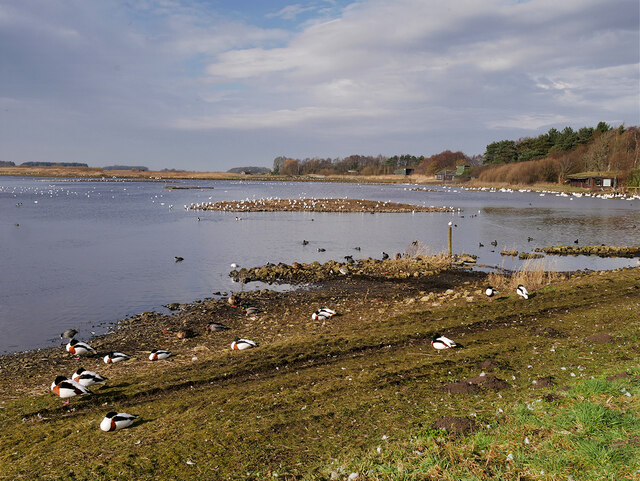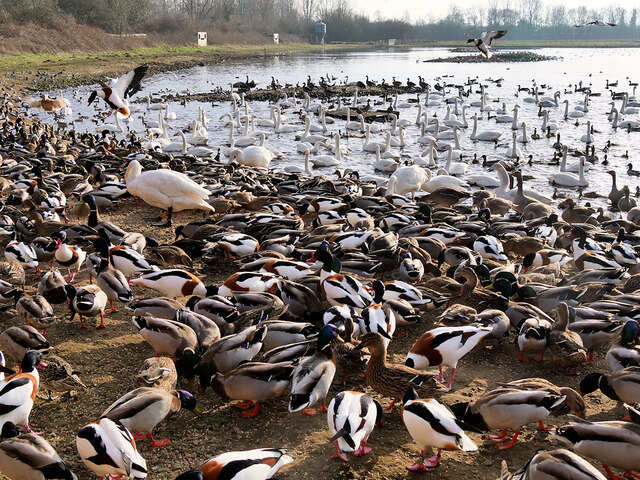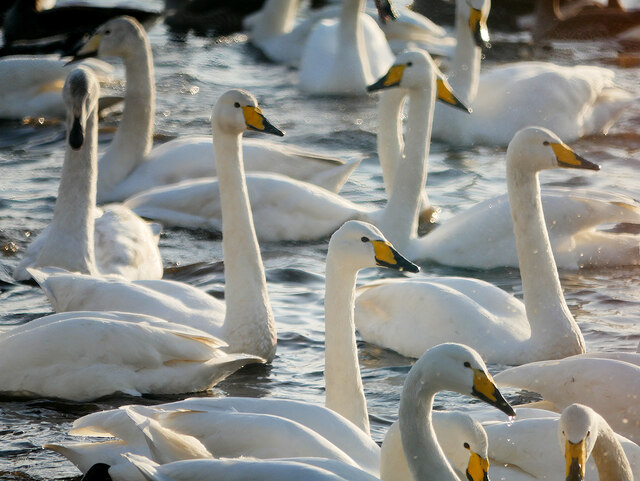Tarlscough
Settlement in Lancashire West Lancashire
England
Tarlscough

Tarlscough is a small village located in the county of Lancashire, in the northwest of England. Situated near the bustling town of Ormskirk, Tarlscough is known for its picturesque countryside and charming rural atmosphere. The village is surrounded by lush green fields and rolling hills, providing a peaceful and idyllic setting.
Tarlscough is home to a close-knit community that values its heritage and traditions. The village boasts a rich history, with evidence of human settlement dating back to ancient times. The architecture reflects a mix of styles from different eras, ranging from centuries-old cottages to more modern buildings.
Despite its small size, Tarlscough offers a range of amenities to its residents. The village has a local pub, where locals and visitors can enjoy a pint or a hearty meal. Additionally, there are a few small shops and businesses that cater to the needs of the community.
Nature enthusiasts will find plenty to explore in the surrounding area. Tarlscough is conveniently located near several nature reserves and parks, providing opportunities for walking, cycling, and birdwatching. The nearby Leeds and Liverpool Canal is also a popular spot for leisurely walks and boat trips.
Overall, Tarlscough offers a peaceful and tranquil escape from the hustle and bustle of urban life. With its charming countryside, close community, and proximity to nature, it is a place that appeals to those seeking a slower pace of life and a connection to the natural world.
If you have any feedback on the listing, please let us know in the comments section below.
Tarlscough Images
Images are sourced within 2km of 53.622/-2.854343 or Grid Reference SD4314. Thanks to Geograph Open Source API. All images are credited.













Tarlscough is located at Grid Ref: SD4314 (Lat: 53.622, Lng: -2.854343)
Administrative County: Lancashire
District: West Lancashire
Police Authority: Lancashire
What 3 Words
///glow.flinches.village. Near Rufford, Lancashire
Nearby Locations
Related Wikis
Tarlscough
Tarlscough () is a hamlet in the West Lancashire district, in the English county of Lancashire. It is roughly 1+3⁄4 miles (2.8 km) (by road) north of the...
Martin Mere
Martin Mere is a mere near Burscough, in Lancashire, England, on the West Lancashire Coastal Plain. The mere is a vast marsh, around grid reference SD...
WWT Martin Mere
WWT Martin Mere is a wetland nature reserve and wildfowl collection managed by the Wildfowl and Wetlands Trust at Tarlscough, Burscough, Lancashire, England...
New Lane railway station
New Lane railway station serves the town of Burscough in West Lancashire, in England. It is served and managed by Northern Trains and is situated near...
Mere Sands Wood
Mere Sands Wood is a 105 acres (42 ha) nature reserve between the villages of Holmeswood and Rufford in west Lancashire, England, managed by The Wildlife...
Formby F.C.
Formby Football Club is an English football club based in Formby, Merseyside. They played in the Liverpool County Premier League Division One for the 2022...
Burscough F.C.
Burscough Football Club is an English football club based in Burscough, Lancashire. The club is a member of the North West Counties League, and competes...
Burscough Bridge railway station
Burscough Bridge railway station (pronounced Burs/co Bridge) is one of two railway stations which serves the town of Burscough in Lancashire, England....
Nearby Amenities
Located within 500m of 53.622,-2.854343Have you been to Tarlscough?
Leave your review of Tarlscough below (or comments, questions and feedback).






